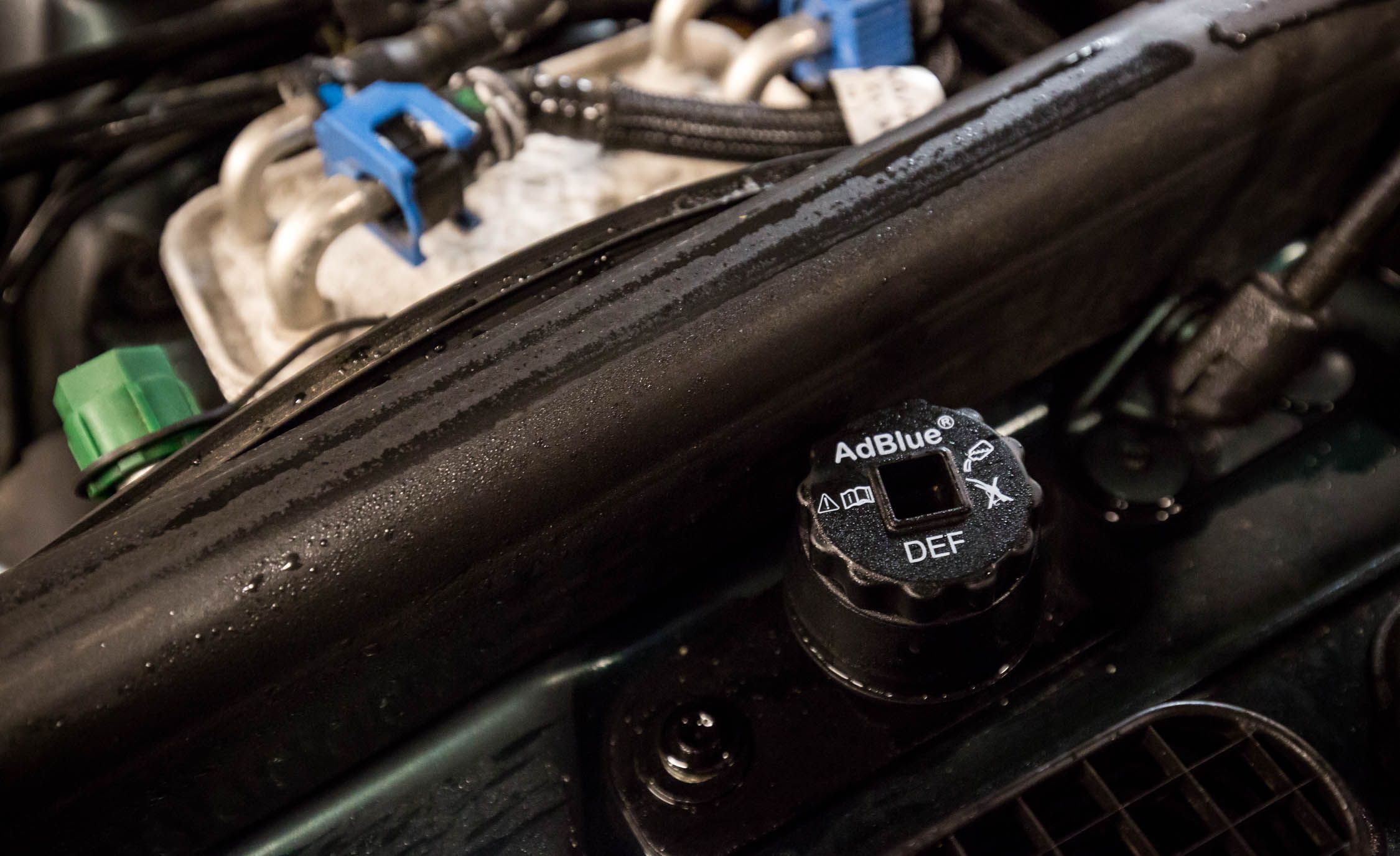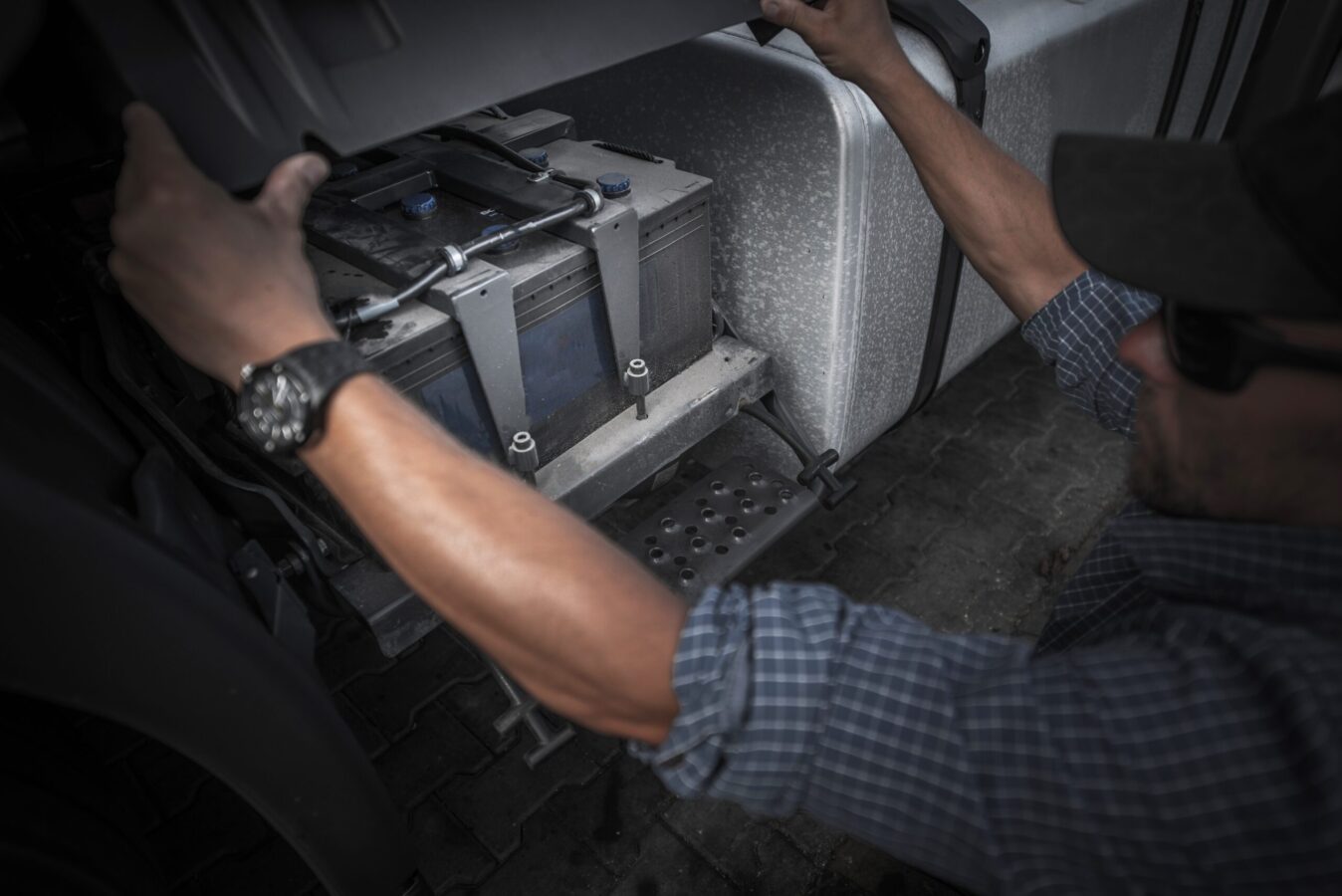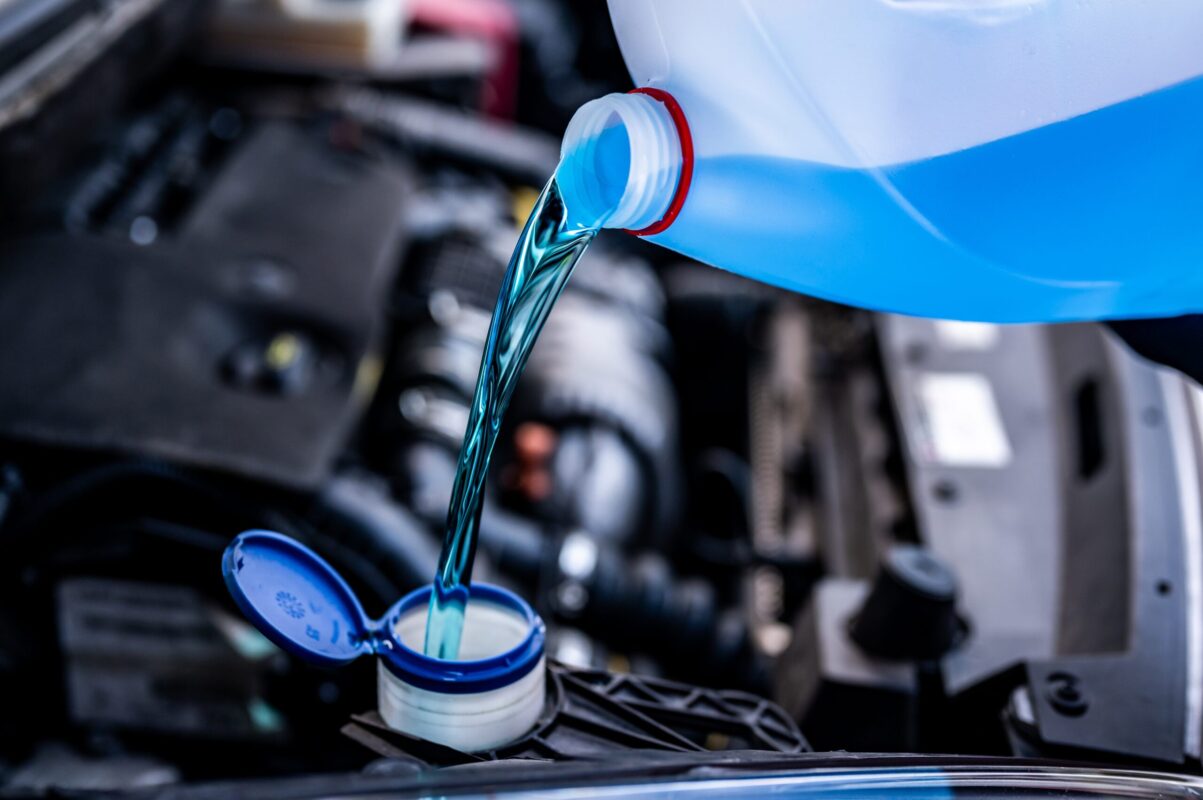
Fleet Maintenance: Top 5 Best Practices for Optimal Winter Performance 2023-2024
18 September 2023
Read time: 7 min
Preventative fleet maintenance for cold climates
As of September, we are proactively preparing for the upcoming winter season, which brings forth a multitude of unique challenges for fleet and safety managers. In this period, it’s important to build a well-thought-out strategy that includes driver training, vehicle maintenance, and leveraging the valuable insights from Electronic Logging Device (ELD) data.
In states where temperatures drastically plummet, and even in regions not typically accustomed to extreme cold, it is crucial to remain prepared. With the growing unpredictability of weather patterns worldwide, being proactive is always a wise choice. Fleet managers must stay vigilant as temperature drops can wreak havoc on their vehicles. When coupled with reduced visibility, extended braking distances, and compromised maneuverability, it’s clear that winter brings formidable challenges.
Maintaining productivity, efficiency, and safety during this season is a significant task for every fleet manager. One key strategy is closely monitoring ELD/telematics/service work data. This valuable information can be leveraged to optimize fleet performance in winter conditions. By analyzing this data, you can identify trends, make informed decisions, and preemptively address maintenance needs, ensuring that your fleet operates at its best, even when winter’s challenges are at their peak.
1. Diesel Exhaust Fluid (DEF) & Diesel Particulate Filter (DPF)
Winter can pose severe challenges for trucks with diesel exhaust fluid (DEF) and diesel particulate filter (DPF) systems. Low temperatures can cause DEF to freeze, reducing its effectiveness and increasing the risk of engine damage. DPF systems can also clog up faster in cold weather, leading to reduced fuel efficiency and increased emissions.
To optimize the performance of DEF and DPF systems, you need to monitor their condition and perform regular preventative fleet maintenance. Fleet maintenance software can help you do this by using data from sensors, telematics, and historical records to identify potential issues before they become costly breakdowns. It can also provide recommendations on how to optimize the performance of DEF/DPF systems and whether it is safe to drive the vehicle for the day.
Here are some tips on how to optimize DEF and DPF for the cold winter climates:
- Keep the DEF tank at least one-quarter full to prevent freezing and crystallization.
- Use only certified DEF that meets the ISO 22241 standard and store it in a cool, dry, well-ventilated place.
- Replace the DEF filter every 200,000 miles or as recommended by the manufacturer.
- Avoid idling or driving at low speeds for long periods, as this can reduce the temperature of the exhaust and prevent the DPF from regenerating properly.
- Perform active or passive regeneration of the DPF as needed, following the instructions on the dashboard or the owner’s manual.
- Replace the DPF every 150,000 to 300,000 miles or as the manufacturer recommends.
2. Battery
Winter can have a significant impact on the performance and lifespan of batteries for trucks in fleets. When the temperature drops, the chemical reactions inside the battery slow down, reducing its capacity and power output. This means that the battery may need more current to start the engine, especially if the vehicle has been parked for a long time in the cold. Additionally, winter conditions can increase the electrical load on the battery, as drivers may use more accessories such as heaters, lights, and wipers.
Regular preventative fleet maintenance prevents battery failures and optimizes performance. Fleet managers, mechanics, and drivers can use fleet maintenance software to monitor the health and status of their batteries using scores. Drivers can receive alerts about potential issues with their batteries before they become critical. These alerts can include low voltage, high resistance, sulfation, or corrosion. Additionally, data from sensors, GPS, and telematics can provide insights into how driving patterns, routes, and environmental factors affect battery performance.
One way you or your mechanic can check your battery’s health is to use a voltmeter or a multimeter to measure its voltage and current. A healthy battery should have a voltage of around 12.6 volts when fully charged and not connected to anything. If the voltage drops below 12 volts, it may indicate that the battery is weak or discharged. You can also measure the current draw of your battery by connecting it to a load such as a light bulb or a fan. A healthy battery should be able to provide enough current to power the load without dropping below 9.6 volts. If the current is too low or the voltage drops too much, it may indicate that the battery is damaged or worn out.
3. Tires
Winter can have a significant impact on the tires of trucks in fleets, affecting their safety, efficiency, and performance. Cold temperatures can cause tire air pressure to drop, resulting in underinflation and increased wear and tear. Snow and ice can reduce the traction and handling of tires, increasing the risk of skidding and accidents. Road salt and chemicals can corrode the rubber and metal components of tires, shortening their lifespan.
To combat these potential issues, predictive maintenance analytics uses data from sensors, telematics, and historical records to monitor the condition and performance of the tires. For example, it can suggest when to replace a tire before a blowout or rotate it to promote longevity and effective performance. These analytics can provide data-driven recommendations for each role. For example:
Fleet managers can plan and schedule preventative fleet tire maintenance activities without disrupting operations, such as rotation, alignment, balancing, and replacement, based on the actual needs of each truck and tire rather than following a fixed schedule. This can reduce downtime, costs, and waste and improve safety and efficiency.
Mechanics can diagnose and fix tire problems faster and more accurately, using data-driven insights and guidance. This can improve the quality and reliability of their work and reduce the risk of errors and rework.
Drivers can monitor their tire pressure and temperature using dashboard alerts. This can help them adjust their driving behavior accordingly, such as reducing speed, avoiding hard braking or steering, or inflating or deflating their tires as needed. This can improve their safety, comfort, and fuel efficiency.
By committing to preventative fleet maintenance for tires in the winter enhances customer satisfaction and loyalty by ensuring timely and reliable deliveries.
4. Coolant Levels
Winter can have a significant impact on the coolant level for trucks in fleets, as low temperatures can cause the coolant to contract and create air pockets in the system. This can lead to overheating, corrosion, and engine damage. Preventative fleet maintenance helps fleet managers, mechanics, and drivers stay on top of the coolant level by monitoring the temperature, pressure, and flow of the coolant, as well as detecting any leaks or abnormalities. By using preventative fleet maintenance, each role can do the following:
Fleet managers can schedule preventive maintenance based on the condition of the coolant system, rather than relying on fixed intervals or mileage. This can reduce downtime, costs, and risks of breakdowns.
Mechanics can diagnose and repair any issues with the coolant system before they become serious, using data from sensors and historical records. This can improve the quality and efficiency of their work, as well as prevent further damage to the engine.
Drivers can check the coolant level and temperature on their dashboard or mobile app, and receive alerts if there are any problems. This can help them avoid driving with low or overheated coolant, which can compromise their safety and performance.
By using preventative fleet maintenance to monitor and maintain the coolant level for trucks in fleets, fleet managers, mechanics, and drivers can optimize the performance of their vehicles, especially in winter. This can result in lower fuel consumption, emissions, and maintenance costs, as well as higher customer satisfaction and retention.
5. Electrical System
Winter can pose many challenges for the electrical systems of trucks in fleets, such as reduced battery capacity, increased engine load, corrosion of wires and connectors, and malfunction of sensors and switches. Preventative fleet maintenance tools such as predictive analytics can help fleet managers, mechanics, and drivers stay on top of these issues by providing timely and accurate information on the health and performance of the electrical components.
For fleet managers, fault code analysis can help them plan and schedule maintenance activities, optimize inventory and spare parts, monitor fuel efficiency and emissions, and reduce downtime and repair costs.
Mechanics can help them diagnose and troubleshoot problems, prioritize and perform repairs, update software and firmware, and document service records.
Drivers can help them check battery status and charge level, monitor engine temperature and oil pressure, avoid cold starts and idling, and report any warning signs or alerts.
To optimize the performance of the electrical systems in winter, some of the best practices are:
- Use high-quality batteries that are suitable for cold weather and have enough reserve capacity.
- Keep the batteries fully charged and avoid deep discharges.
- Inspect and clean the battery terminals, cables, and connectors regularly to prevent corrosion and ensure good contact.
- Replace any damaged or worn-out wires, fuses, relays, switches, sensors, or other electrical components.
- Use synthetic oil and engine block heaters to reduce engine load and improve cold start performance.
- Install winter covers or shutters to regulate airflow and maintain optimal engine temperature.
- Avoid unnecessary accessories or loads that can drain the battery or overload the alternator.
- Perform regular tests and scans to detect any faults or anomalies in the electrical system.
Stay On Top of Winter Maintenance with Pitstop
Incorporating these top 5 best practices into your preventative fleet maintenance strategy will go a long way in ensuring optimal performance, longevity, and reliability during the challenging winter months. By embracing predictive analytics like Pitstop, you can stay ahead of potential issues, reduce downtime, and maximize the operational efficiency of your fleet, ultimately saving time and resources while keeping your vehicles safe on the wintry roads. Prepare your fleet now, and face winter with confidence.




